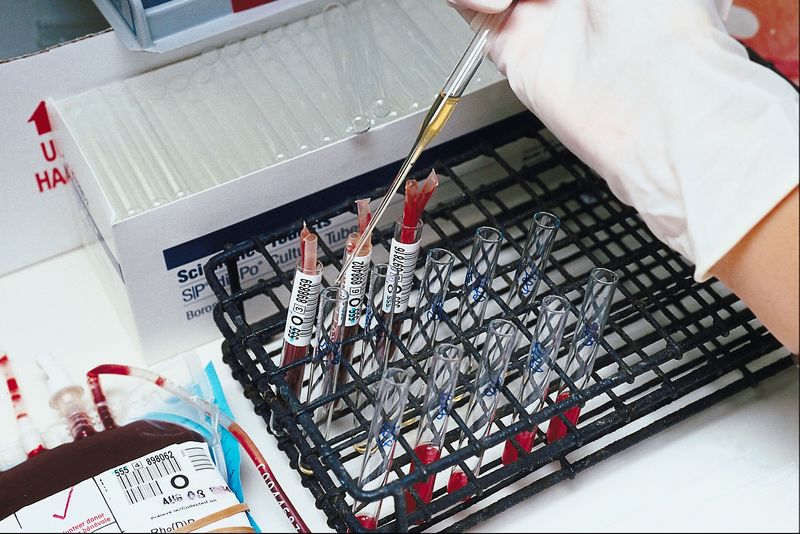
MONDAY, April 14, 2014 (HealthDay News) — People taking blood thinners to prevent clots in their legs or lungs may put themselves at risk for serious internal bleeding if they also take common painkillers such as aspirin or ibuprofen, researchers warn.
These over-the-counter painkillers — called nonsteroidal anti-inflammatory drugs (NSAIDs) — include such drugs as Advil, Aleve, Bufferin, Excedrin, Motrin and Nuprin, as well as aspirin. Patients who use blood thinners such as warfarin, Eliquis, Xarelto or Pradaxa should not take them, the researchers said.
“If you are taking an NSAID while taking an anticoagulant, your risk of a major bleed is double what it would be if you weren’t taking an NSAID,” said lead researcher Dr. Bruce Davidson. He’s with the division of pulmonary and critical care medicine at the University of Washington School of Medicine in Seattle.
One-quarter of these major bleeds happen within eight days of taking an NSAID, Davidson said. “It’s not like you have to be taking them for weeks or months. Some bleeds happen with a single dose,” he said.
The risk of bleeding might be even greater for people with an irregular heartbeat, called atrial fibrillation, who take a blood thinner and use an NSAID, Davidson said.
“The message for people is if you’re taking a blood thinner, do not take an NSAID — just don’t take one,” Davidson said.
“If you have a headache or aching muscles or joints, take generic Tylenol [acetaminophen]. Don’t take NSAIDs for casual use,” he added.
The report, published online April 14 in JAMA Internal Medicine, said the bleeding is often minor but can be fatal in some cases.
It’s known that aspirin use by patients on anticoagulant therapy doubles the risk of bleeding, said Dr. Gregg Fonarow, a professor of cardiology at the University of California, Los Angeles, and spokesman for the American Heart Association.
But whether NSAIDs such as Advil or Motrin are associated with increased risk of bleeding among patients receiving anticoagulant therapy wasn’t clear, Fonarow said. Some studies showed raised risk with drugs like Coumadin (warfarin), Eliquis (apixaban), Xarelto (rivaroxaban) or Pradaxa (dabigatran), while others didn’t.
Patients should consult their doctor before combining these medications, he advised.
“NSAID or aspirin therapy should be used only with caution and only if no similarly effective and safer alternative treatment is available. Use of Tylenol may be more advisable for people with headache or muscle aches while receiving anticoagulation therapy,” Fonarow said.
For the study, Davidson’s team analyzed data from the worldwide EINSTEIN deep vein thrombosis and pulmonary embolism studies, which included over 8,000 patients. The trials compared two blood thinners — Xarelto and warfarin — to see which was better at preventing blood clots in the legs and lungs.
Drugs that prevent clotting always carry the additional risk of internal bleeding, which can become serious and life-threatening, experts say.
Davidson’s group also looked at whether taking NSAIDs with these blood thinners might increase the risk for bleeding. They found it did.
He said that, according to the study, the absolute risk for a major bleeding episode for a patient taking aspirin and a blood thinner was nearly double that of a patient not on aspirin. For patients taking another form of NSAID plus a blood thinner, there was triple the risk compared to those taking the blood thinner alone, Davidson said.
However, the association found in the study does not prove a cause-and-effect link.
More information
For more information on painkillers, visit the U.S. National Library of Medicine.
Copyright © 2025 HealthDay. All rights reserved.

